Beautiful Plants For Your Interior
Beautiful Plants For Your Interior
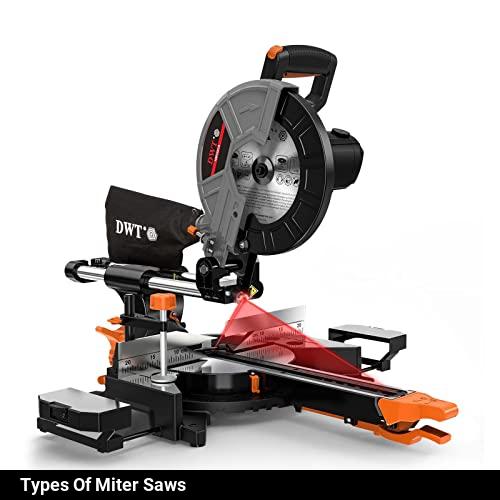
There are four main types of miter saws: the basic miter saw, the compound miter saw, the sliding compound miter saw, and the dual compound miter saw. Each type has its own unique features and uses.
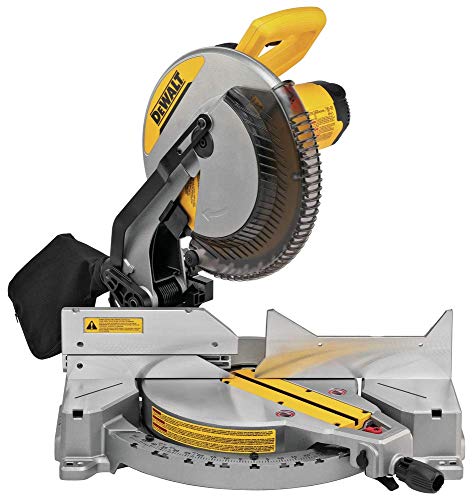
Using a miter saw offers many benefits, including clean, accurate cuts; increased precision; and safety features like guards, stops, and saw blades that are visible and easy to use.
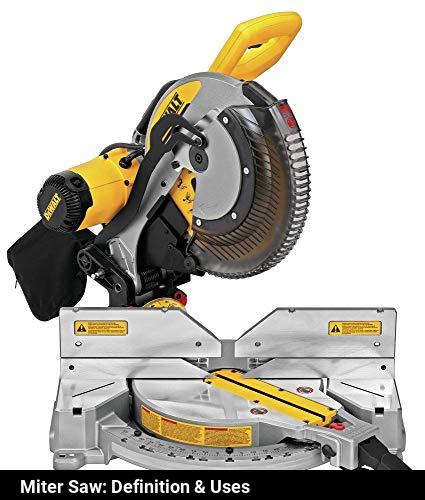
A miter saw is a power tool used to make accurate crosscuts and miter cuts in a workpiece. It consists of a circular saw mounted on a swing arm that pivots left and right to produce angled cuts.
To rip a board with a circular saw, set the saw blade to the desired depth, push the board against the saw and guide it along the cutting line. Make sure the saw is firmly secured to the surface. Wear protective gear such as safety glasses and hearing protection.
The best way to clean and maintain a hand saw is to regularly wipe down the blade with a cloth, and oil the blade after each use. Additionally, it's important to sharpen the blade regularly to ensure it remains sharp and efficient.
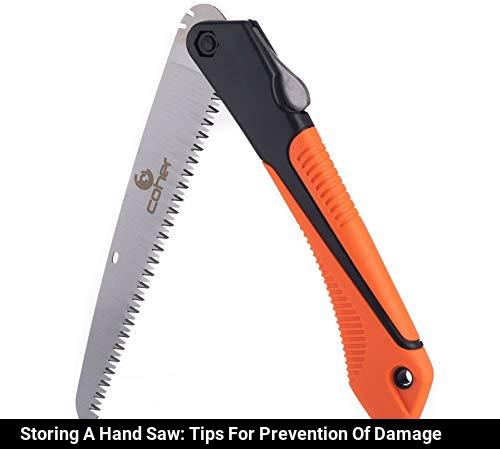
To prevent damage to a hand saw, store it in a dry, cool place away from any moisture or heat. Make sure to cover the blade with a protective sheath when not in use.
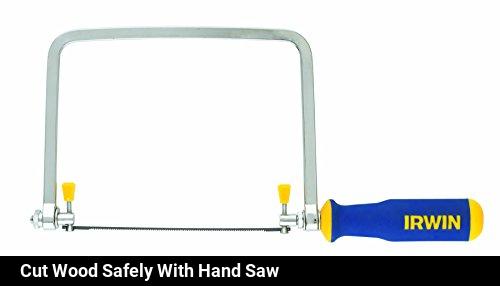
To safely cut a large piece of wood with a hand saw, use a straightedge guide to ensure a straight cut. Secure the wood in a vise to keep it stable. Use a saw with a sharp blade and a steady motion to make the cut. Wear safety goggles and gloves to protect your eyes and hands.
The proper way to start a cut with a hand saw is to make a pilot hole in the material you are cutting. Then insert the blade into the hole and slowly begin to guide the saw through the material.
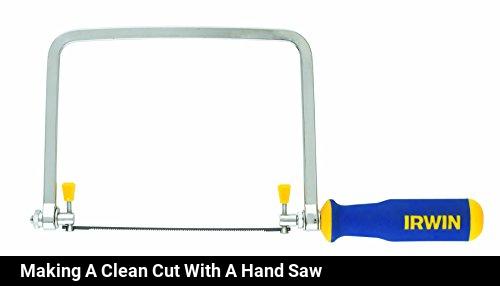
To make a clean and smooth cut with a hand saw, use a saw with sharp teeth, hold the saw straight and firmly, and saw slowly, applying steady pressure.
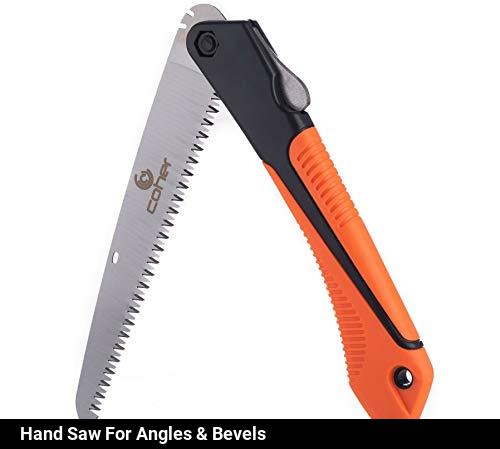
Yes, you can use a hand saw to cut angles or bevels. Be sure to use a saw with a thin blade to ensure accuracy and sharp angles.